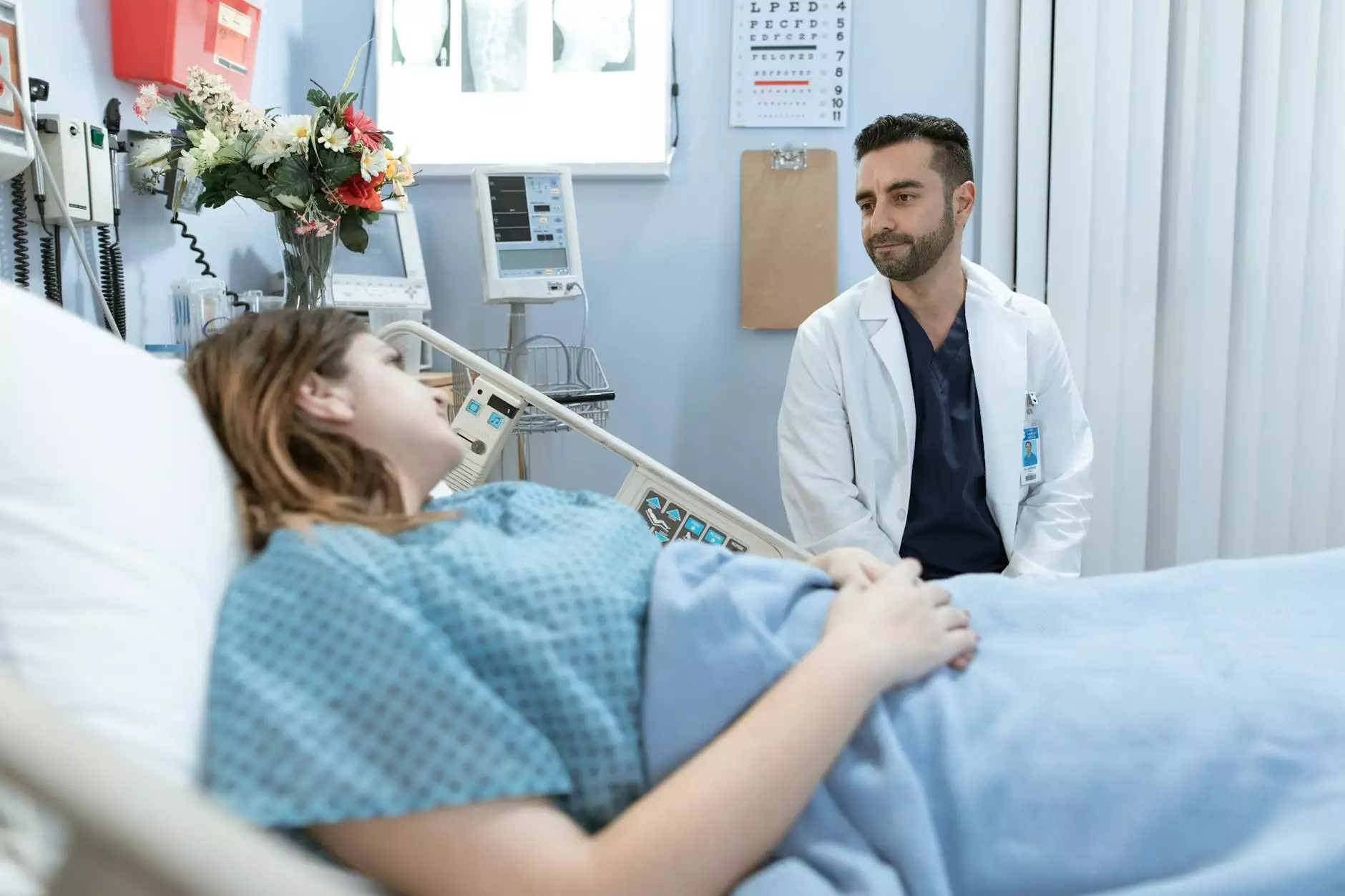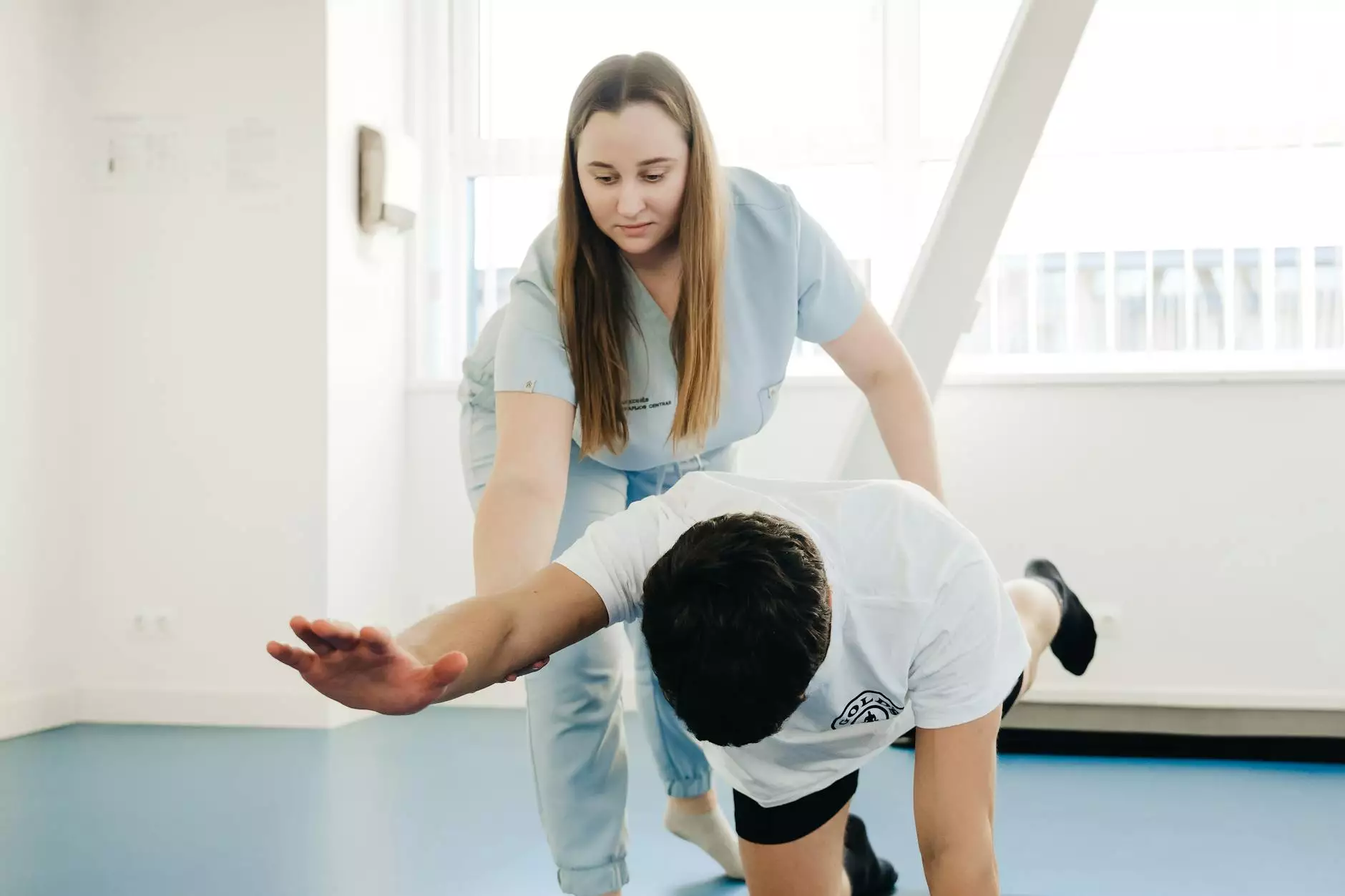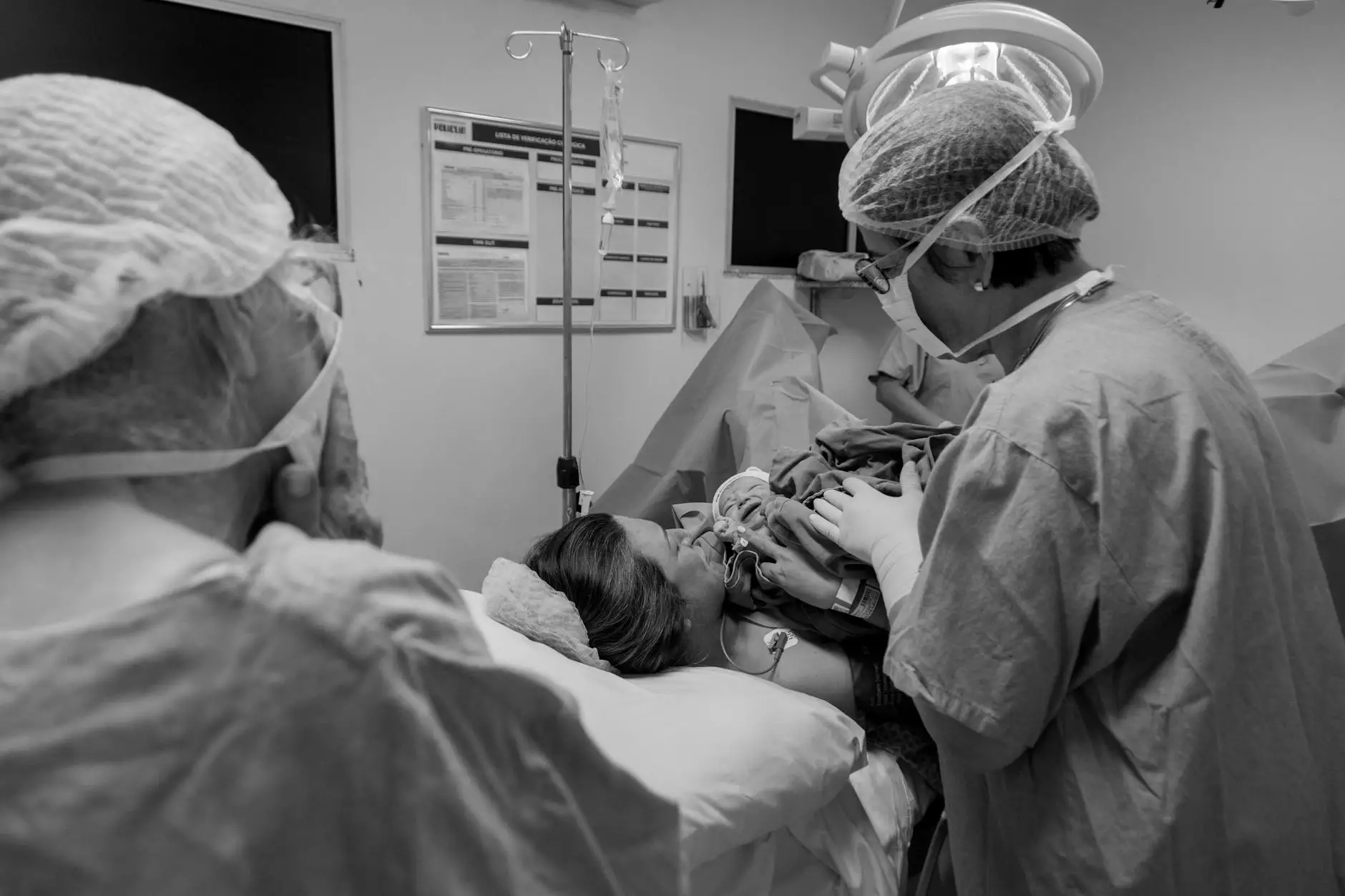Achilles Tendinitis Treatment: Comprehensive Guide to Recovery

Achilles tendinitis is a common condition that affects many athletes and active individuals. It is characterized by inflammation of the Achilles tendon, which connects the calf muscles to the heel bone. Understanding the causes, symptoms, and effective treatment options can help you recover swiftly and return to your daily activities or sports. In this article, we will explore various achilles tendinitis treatment strategies to help you regain strength and mobility.
Understanding Achilles Tendinitis
Before delving into treatment options, it’s essential to understand what achilles tendinitis is and how it occurs. The Achilles tendon, being the largest tendon in the body, plays a crucial role in activities such as walking, running, and jumping. When overused, overstretched, or subjected to repetitive strain, it can become inflamed, leading to pain and discomfort.
Causes of Achilles Tendinitis
Several factors can contribute to the development of achilles tendinitis, including:
- Overuse: Engaging in high-impact sports or activities without adequate rest can lead to strain on the Achilles tendon.
- Improper Footwear: Wearing shoes that do not provide sufficient support may increase the risk of developing this condition.
- Aging: As we age, tendons lose elasticity and become more prone to injuries.
- Biomechanical Issues: Flat feet, high arches, or abnormal walking patterns can place extra stress on the Achilles tendon.
- Previous Injuries: A history of tendon injuries can predispose an individual to recurrence.
Symptoms of Achilles Tendinitis
Recognizing the symptoms of achilles tendinitis is vital for early intervention. Common symptoms include:
- Pain: A gradual onset of pain along the tendon, especially during physical activity.
- Stiffness: Morning stiffness or stiffness after prolonged periods of inactivity.
- Swelling: Swelling or thickening of the tendon may be noticeable.
- Crepitus: A creaking or cracking sound when moving the tendon.
- Tenderness: Tenderness when touching the affected area.
Diagnosis of Achilles Tendinitis
To confirm a diagnosis of achilles tendinitis, a healthcare professional may perform the following:
- Physical Examination: The doctor will assess the tendon’s tenderness, swelling, and range of motion.
- Medical History: Discussing any previous injuries, symptoms, and physical activities.
- Imaging Tests: X-rays or MRI scans may be conducted to rule out other conditions and evaluate the extent of the injury.
Effective Treatment Options for Achilles Tendinitis
When it comes to achilles tendinitis treatment, a combination of methods is often most effective. Below are some of the recommended strategies:
1. Rest and Activity Modification
One of the first steps in achilles tendinitis treatment is to allow the tendon to heal. This often means:
- Taking a break from high-impact activities such as running or jumping.
- Incorporating low-impact exercises like swimming or cycling to maintain fitness.
2. Ice Therapy
Applying ice packs to the affected area can help reduce inflammation and alleviate pain. It is recommended to:
- Apply ice for 15-20 minutes several times a day.
- Use a cloth or towel to protect the skin from direct contact with ice.
3. Compression and Elevation
Using a compression bandage can help minimize swelling, while elevating the affected foot can reduce inflammation. Follow these guidelines:
- Wrap the tendon with a compression bandage without cutting off circulation.
- Keep the foot elevated above heart level when resting.
4. Physical Therapy
Engaging in physical therapy is one of the most effective ways to treat achilles tendinitis. A skilled physiotherapist can help you:
- Implement targeted stretching and strengthening exercises.
- Employ modalities such as ultrasound or electrical stimulation to promote healing.
5. Medications
Over-the-counter medications such as non-steroidal anti-inflammatory drugs (NSAIDs) can be taken to reduce pain and inflammation. Consult with a healthcare provider before use.
6. Orthotics and Footwear Modification
Wearing appropriate shoes is crucial in preventing further strain on the Achilles tendon. Consider:
- Choosing shoes with proper arch support and cushioning.
- Using orthotic inserts to correct any biomechanical issues.
7. Corticosteroid Injections
In some cases, corticosteroid injections may be prescribed to reduce severe inflammation. This option should be considered carefully, as it may weaken the tendon over time.
8. Surgical Treatment
If conservative treatments fail and symptoms persist for an extended period, surgical options may be necessary. These may include:
- Tendon Repair: Removing degenerated tissue and repairing the tendon.
- Tendon Transfer: In cases of significant damage, transferring a nearby tendon to restore function.
Rehabilitation and Recovery
Recovering from achilles tendinitis is a gradual process that involves a structured rehabilitation program. Focus on the following:
- Gradual Return to Activity: Slowly reintroduce physical activities while monitoring for pain and discomfort.
- Follow-Up Care: Regular follow-ups with a healthcare provider to assess progress and modify treatment as needed.
- Preventive Strategies: Incorporate preventive measures such as proper warm-up and cool-down routines, strength training, and maintaining flexibility.
Tips for Preventing Achilles Tendinitis
Prevention is always better than cure. Here are some tips to help you avoid developing achilles tendinitis:
- Warm-Up: Always perform a proper warm-up before engaging in physical activities.
- Strength Training: Engage in strength training exercises to improve overall leg strength.
- Flexibility Exercises: Incorporate stretching into your routine, focusing on the calves and Achilles tendon.
- Choose the Right Footwear: Invest in high-quality shoes suitable for your foot type and activity level.
Conclusion
In summary, achilles tendinitis treatment involves a combination of rest, physical therapy, proper footwear, and possibly medications or surgical options depending on the severity of the condition. Early recognition and intervention can significantly improve recovery outcomes. By understanding the causes, symptoms, and available treatment strategies, you can effectively manage and prevent this condition, allowing you to stay active and pain-free. Always consult with a healthcare professional for a personalized treatment plan suited to your specific needs.
Contact Us for More Information
If you're experiencing symptoms of achilles tendinitis, do not hesitate to reach out to Hello Physio at hellophysio.sg for professional guidance and treatment options tailored to your individual needs. Our team of experts is dedicated to helping you recover and return to the activities you love.









